‘It’s like high jump’: why Tatarstan dropped out of the leaders in industrial production dynamics
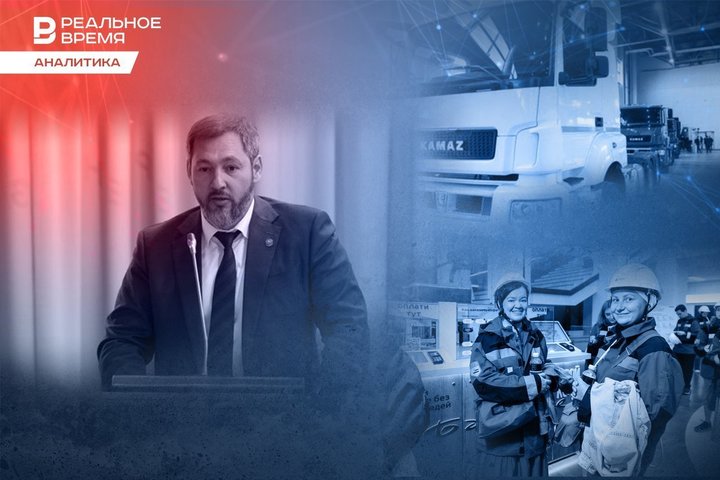
By the results of the first half of 2024, the dynamics of industrial production in Tatarstan continued to slow down. At the same time, production growth in Russian regions is heterogeneous: large mining regions have suffered the greatest blow from sanctions, while less industrialised entities show impressive positive dynamics. The manufacturing industry makes the main contribution to the growth structure today. The production of medicines, electrical equipment and computers is growing in the republic, mining and related industries are falling. What factors influence Tatarstan's industry and why the republic turned out to be outsiders in terms of industrial growth dynamics in Russia — in the material of the analytical service of Realnoe Vremya.
Tatarstan's manufacturing grows by 0.8%
The industrial production index in Tatarstan decreased to 100.8% in January-June 2024 (it was 101% in January-May 2024). This is a very modest growth rate compared to other regions of Russia.
The industrial production index lower than in Tatarstan today is in the Tomsk region (100.7%), Krasnodar Krai (100.4%) and Tyumen region (100.1%). In a number of regions of Russia, industrial production has fallen — in the Nenets Autonomous Okrug (99.3%), Republic of Crimea (98.9%) and Astrakhan region (98.8%). Industrial production decreased more significantly in large industrial centres — Krasnoyarsk Krai (98.2%), Khanty-Mansi Autonomous Okrug (96.1%), Sakhalin region (95.6%) and Kemerovo region (95.1%). The Republic of Tyva has the lowest rate in Russia today — 78.1%.
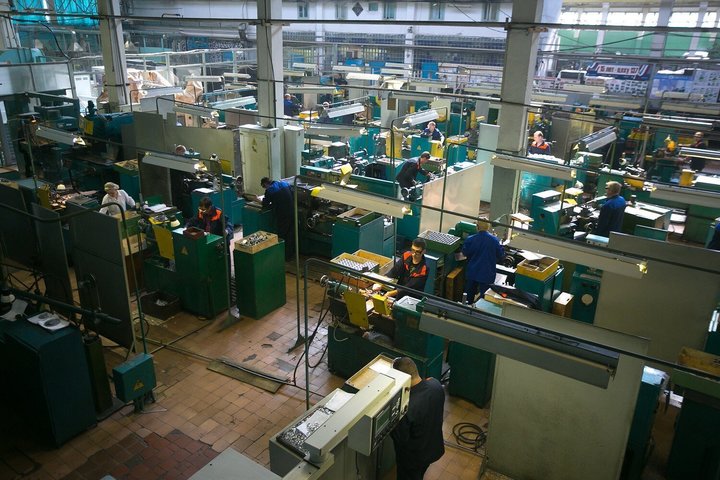
At the same time, less industrially developed regions began to show explosive growth — the Kurgan region (137.2%), Dagestan (135.9%), Chuvashia (124.9%), Kaluga region (121.8%) and Sevastopol (120.8%) are in the top in terms of industrial production dynamics in Russia. Moscow is the sixth, with an index of 118.7%.
At the same time, if we look at the indicator such as the volume of shipped goods of its own production per capita, Tatarstan is still one of the leaders in Russia and ranks 10th (655,900 rubles), and Moscow — 25th (460,700 rubles). The leaders in this indicator predictably turned out to be less densely populated regions — the Nenets Autonomous Okrug (Arkhangelsk region; 8.3 million rubles), Yamalo-Nenets Autonomous Okrug (5.9 million rubles), Khanty-Mansi Autonomous Okrug (2.9 million rubles), Tyumen region (2.3 million) and Chukotka Autonomous Okrug (1.7 million).
If we analyse the industry of Tatarstan in the context of industries, it can be seen that manufacturing has increased by 3% (industrial production index is 103.3%), and mining has decreased by 3.3% (industrial production index is 96.7%).
In addition to mining, a decline is recorded in the production of clothing (-16.6%), the production of motor vehicles (-14.6%), furniture production (-3.4%) and the production of coke and petroleum products (-1.8%)
Top 5 industries of Tatarstan demonstrating a decline
Sector | Industrial production index | |
1 | Clothing manufacturing | 83.4 |
2 | Production of motor vehicles, trailers, semi-trailers | 85.4 |
3 | Furniture manufacturing | 96.6 |
4 | Mining | 96.7 |
5 | Production of coke and petroleum products | 98.2 |
According to Tatarstan Statistics
The production of “other vehicles and equipment” (+111.8%), the production of medicines (+56.6%), the production of electrical equipment (+23.8%) and the production of “other finished products” (+23%) and the production of computers, electronic and optical products (+20%) are growing rapidly.
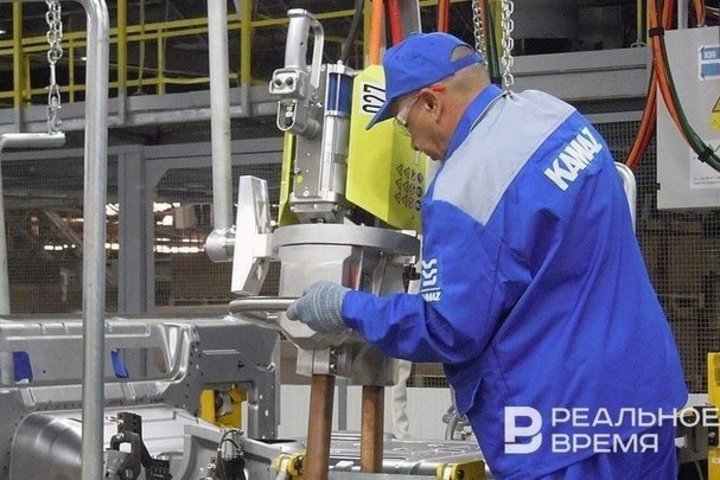
The production of leather and leather goods (+7.8%), rubber and plastic products (+7.3%), food production (+5.9%), metallurgical production (+4.1%) and paper production (+3.5%) also have grown in the republic.
Top 10 fastest growing industry sectors in Tatarstan
Sector | Industrial production index | |
1 | Manufacture of other vehicles and equipment | 211.8 |
2 | Production of medicines and materials used for medical purposes | 156.6 |
3 | Production of electrical equipment | 123.8 |
4 | Production of other finished products | 123 |
5 | Production of computers, electronic and optical products | 120.1 |
6 | Manufacture of leather and leather products | 107.8 |
7 | Production of rubber and plastic products | 107.3 |
8 | Food industry | 105.9 |
9 | Metallurgical production | 104.1 |
10 | Production of paper and paper products | 103.5 |
According to Tatarstan Statistics
“Everyone understands that the sanctions will last long”
The situation with the fall in the industrial production index cannot but cause alarm on the part of the authorities of the republic.On August 10, the Ministry of Industry and Trade of Tatarstan held a strategic session in Kazan dedicated to creating conditions for the development of industry until 2030, which was attended by about 500 people. The participants of the strategic session discussed the situation in industries, development goals, barriers, limitations and solutions, but the details of these discussions are still closed to the public.
According to the press service of the Ministry of Industry and Trade of the Republic of Tatarstan, the work of the section “Innovations and labour productivity” under the leadership of Dmitry Mulkov was very productive. In particular, it has initiated more than 15 new projects.
Dmitry Mulkov, the head of the Innovation and Labour Productivity Committee of the industrial cluster of the Republic of Tatarstan, told Realnoe Vremya that the members of his committee discussed the technological sovereignty of Tatarstan.
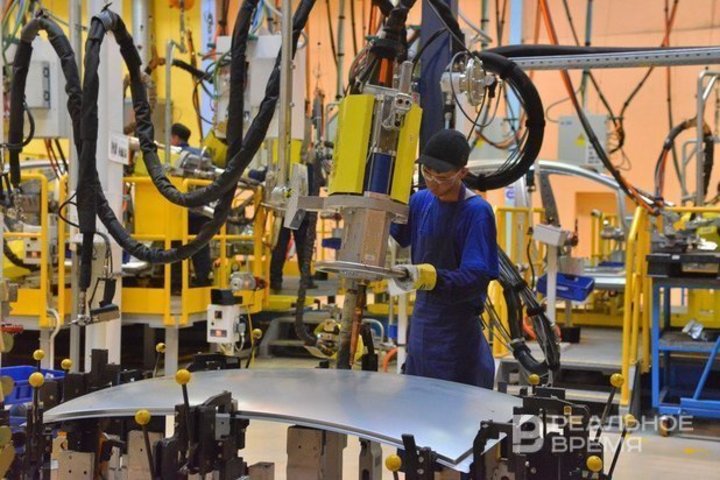
“Everyone understands that sanctions will last long, and we need to create our own product. Of course, the shortage of personnel has a great impact on the industry today. All enterprises are experiencing a personnel shortage now. And we, as innovators, propose to change the production culture and improve the status of a person's work. There is a complex work to be done here, both with humans and, in principle, with industry. And, of course, further robotisation is necessary to increase labour productivity. In the field of robotics, the Republic of Tatarstan is now ahead of the rest, but this direction must continue to be strengthened, because the robot can work 24 by 7. And it is thanks to robotics that we will be able to increase our industrial production index.”
According to Mulkov, the decline in the industrial production index has objective reasons: “In many other regions, the higher industrial production index is explained by the effect of a low base, and Tatarstan has always had and still has a strong industry that will show growth. Today we have technological barriers and a shortage of personnel, all of which have a negative impact on the index. Therefore, Tatarstan needs to think over new actions and growth points, which is exactly what the strategic session was aimed at.”
It is “harder for Tatarstan to take heights”
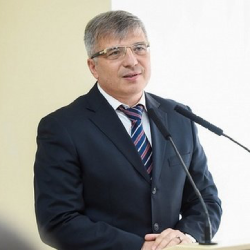
In recent years, Tatarstan has grown faster than other regions, he recalled. “Perhaps, in this situation, the republic's industry has reached a certain volume, and in order to further increase the industrial production index, it is necessary to rebuild technological lines. But now, unfortunately, it is very difficult in this regard," explains Nikolaev. “Now it is possible to rely only on China in terms of purchasing equipment, but the policy of the Central Bank with an increase in the key rate today puts many business investment programs on hold. But those enterprises that started the programs last year can no longer stop, because the cycle has already started.”
“I don't see anything terrible in the situation with the industrial production index. But the terrible thing is happening now with the key rate. If the Central Bank says that it is necessary to blow off the bubble a little, because the economy is overheated, then we still need to approach different industries differently," he believes. “There are already attempts to create a separate program for machine tool construction, and in this area there is project financing with subsidies from the state. Since the beginning of the year, 18 projects have received approval from the Industrial Development Fund for a total amount of 10 billion rubles. This will be an investment in new equipment in the industry.”
There is a boom in industrial production in Russia
In the first half of 2024, the index of industrial production in the country amounted to 104.4%. This year, there is an acceleration in the growth rate of industrial production, since a year earlier in the first half of the year the growth rate was two times lower (for the first half of 2023 — 102.1%), Vladislav Bukharsky, the junior director of the department of sovereign and regional ratings at Expert RA, highlights.
The increase in production growth in Russia is primarily due to manufacturing industries (108%), where the most positive dynamics is shown by the production of finished metal products (except machinery and equipment) (136.1%), the production of computers, electronic and optical products (135.5%), motor vehicles, trailers and semi-trailers (127.4%) and the production of other vehicles and equipment (126.5%).

The decline in the extractive industry is due to the OPEC+ agreement on reducing oil production and the voluntary reduction of production by 500,000 barrels a day of individual OPEC+ countries, including Russia. This year, Russia introduced an additional voluntary reduction to the previously existing one, as a result of which oil production continued to decline. Following the reduction in oil production, the indicators of the processing sub-sectors related to this raw material are also decreasing, including the production of coke and petroleum products (98.2%), chemicals and products (99.3%) and rubber products (94.2%).
The trend may indicate structural problems in the economy
“In the case of Tatarstan, the decline in the industrial production index is associated not only with a reduction in mining, but also with other factors," said Yaroslav Kabakov, the director for strategy at Finam IC. “Aspects such as a decrease in activity in the manufacturing industry, the energy sector, as well as a decrease in production in some high-tech industries can play an important role.”
A comparison with Bashkortostan, where the index is 105.9%, indicates that Tatarstan's problems are not universal for all regions and may also include regional economic and managerial features, the expert adds.

In general, the dynamics of industrial production varies by region. For example, the Kurgan region and Dagestan are showing significant growth, while other regions, such as the Krasnoyarsk Krai and Tuva, are facing serious reductions. “On average, we can say that the situation is unstable, and the growth of industrial production in Russia is heterogeneous. The slowdown in growth is observed in some key regions, and this may be an indicator of broader economic problems," the expert emphasises.